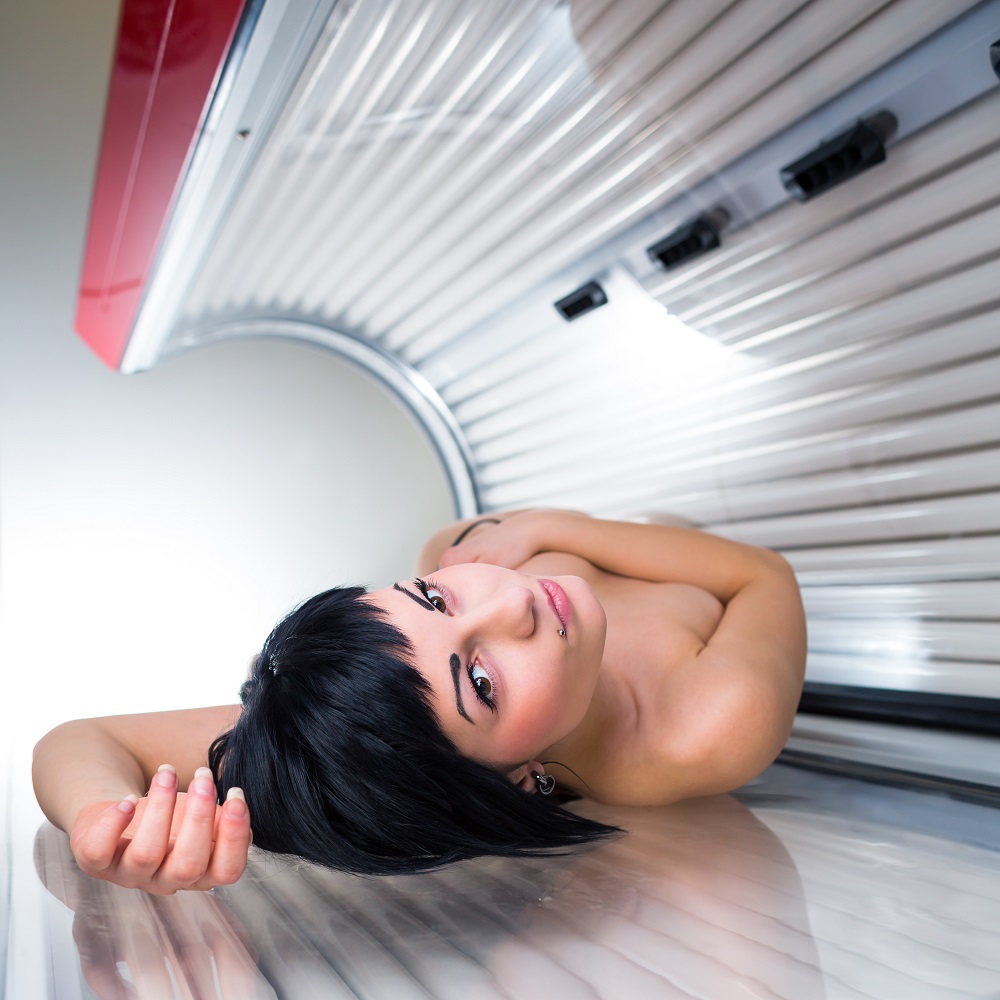
-
Membership
Become a Member
Show your committment to patient safety, legal compliance and community over competition.
-
Training
Join and Save
AmSpa members receive preferred pricing on all AmSpa live and virtual trainings.
-
Blog & News
Latest Blog Posts
View All PostsDon't Miss an Update
Get the latest news and information about safe, legal practice in medical aesthetics directly in your inbox.
-
Resources
Ready to Get Started?
Get access to med spa laws, in-person and online training and more!
- Contact Us
- Become A Member




 The UV Radiation Resistance-Associated Gene has earned its clunky name: It’s been linked to a rare genetic disease called xeroderma pigmentosum that makes sufferers extremely vulnerable to sun exposure. So much, in fact, that their risk of skin cancer is thought to skyrocket by 1,000 times.
The UV Radiation Resistance-Associated Gene has earned its clunky name: It’s been linked to a rare genetic disease called xeroderma pigmentosum that makes sufferers extremely vulnerable to sun exposure. So much, in fact, that their risk of skin cancer is thought to skyrocket by 1,000 times.
